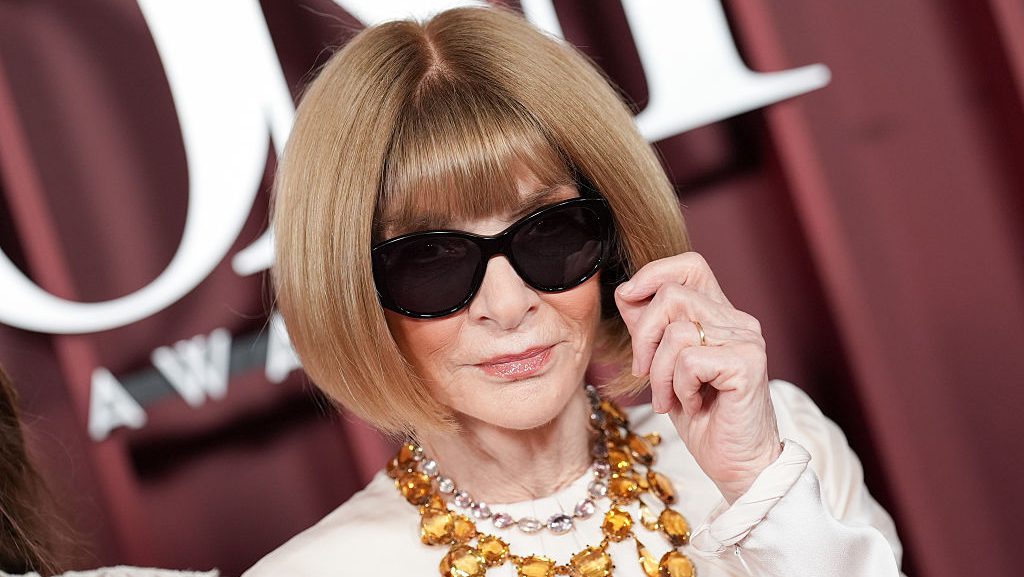After nearly four decades of shaping the fashion industry from behind her signature sunglasses, Anna Wintour is officially stepping down as Editor-in-Chief of Vogue. It’s the end of an era. One that changed the face of fashion media and turned Wintour into one of the most powerful figures in the business.
Wintour first took the reins at Vogue in 1988, and since then, she’s been at the center of the industry’s biggest shifts: the rise of supermodels, the digital media explosion, fashion’s move toward inclusivity, and the blending of celebrity and couture. Under her leadership, Vogue became more than a fashion magazine—it became a cultural barometer.
So Why is She Leaving Now?
According to reports, Wintour’s decision is part of a long-considered transition. After years of balancing multiple roles—not just Editor-in-Chief of Vogue, but also Global Chief Content Officer for Condé Nast—Wintour is ready to pass the torch. Sources close to her say she’s stepping down to focus more on personal projects, philanthropic work, and possibly mentoring the next generation of fashion leaders.
It’s also a strategic moment. Vogue and Condé Nast are navigating a rapidly changing media landscape, and a new editorial voice could bring a fresh perspective. Wintour, always known for being five steps ahead, seems to be leaving on her own terms—with the magazine stable, respected, and future-focused.
Of course, her influence won’t just disappear. Anna Wintour will likely remain a powerful force in fashion, whether it’s through her ongoing work with the Met Gala, the CFDA, or global cultural initiatives. But for now, the fashion world is taking a moment to acknowledge the legacy of a woman who, quite literally, defined an era.
The Devil Wears Prada
Anna Wintour’s powerful presence in the fashion world has long been seen as the inspiration behind the character of Miranda Priestly in The Devil Wears Prada. The story, originally a novel by Lauren Weisberger—who once worked as Wintour’s assistant—offers a behind-the-scenes look at the high-pressure world of fashion magazines.
When it was adapted into the hit 2006 movie starring Meryl Streep and Anne Hathaway, Streep’s icy, commanding portrayal of Priestly only fueled comparisons. Though Wintour has never confirmed the link, the resemblance was striking enough that it became part of her pop culture legacy, adding to her mystique as one of fashion’s most influential—and, at times, feared—figures.
![]() USA
USA
![]() ES
ES
![]() MX
MX
![]() CO
CO
![]() CH
CH
![]() PA
PA
![]() ARG
ARG
![]() CR
CR
![]() GUA
GUA
![]() EC
EC
![]() RD
RD

